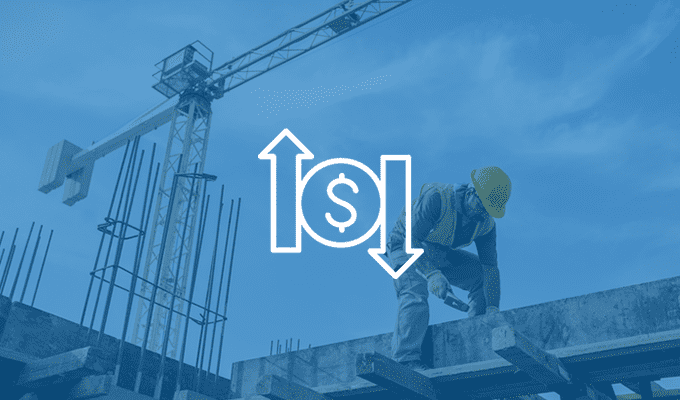Impact Fees: Policy Issue
Overview
Impact fees (also known as development fees) are typically imposed by local governments on real estate developments to offset public expenditures used to accommodate new growth in the local community. While these one-time fees were originally intended to finance direct project infrastructure impacts such as transportation, or water and sewer systems, their use has expanded to finance the construction of a broad range of public facilities. Impact fees imposed on new development can result in many challenges including increasing construction costs, or altogether subvert new development—thereby causing the supply-demand gap to increase and undermine housing affordability. Moreover, excessive impact fees are sometimes used by NIMBY advocates to prevent the development of affordable or market rate apartment housing, to the detriment of minority populations or low-to-moderate income residents.

NAA Position
Flat rate impact fees unfairly discriminate against the apartment housing industry. Given the efficiency with which apartments are built, policymakers should consider the use of public facilities, a specific development's location, and size and configurations of units when calculating impact fees.
As an Owner or Operator, How Does this Affect My Business?
Even though each municipality usually has different development fees structures and assessments, the process usually doesn't vary significantly. Impact fees are exacted by a local government as part of the real estate development process. These fees are paid in advance of completion of construction. The calculation and methodology used to determine the fees are derived from the cost, size, and type of development; however, the primary reason for their use is to help address and offset the costs of new growth on a localities infrastructure. If impact fees are calculated incorrectly or excessively it can raise many issues in the development process and for housing affordability overall.
In addition, flat rate impact fees (those that are not scaled to reflect the unit size or type) can impose a higher cost on apartment homes than single-family developments, and cause apartment residents to assume a disproportionately higher costs through higher rents on projects that may have less of an effect on infrastructure.
Contact Information
To learn more about this issue, please contact NAA's Government Affairs team.
For more Information: